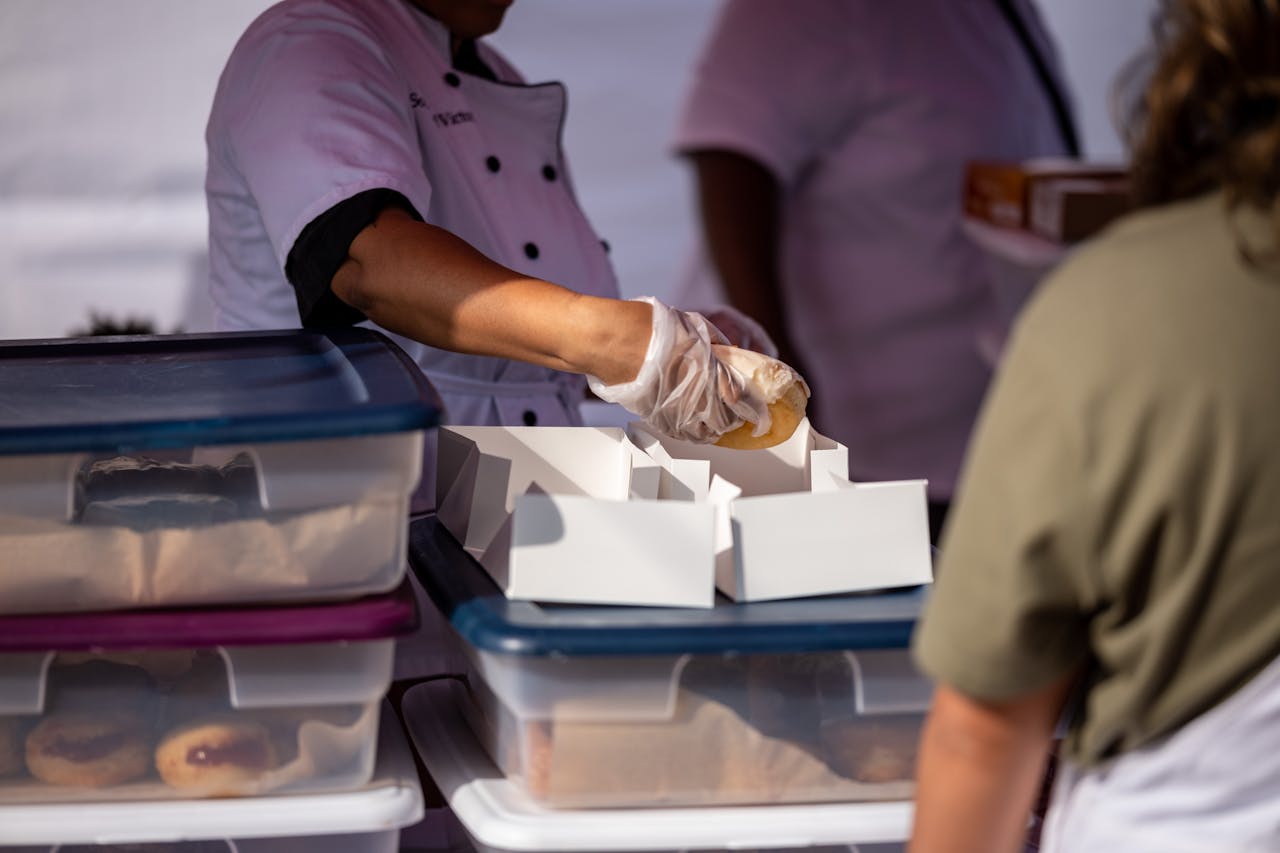Reducing Food Waste: Effective Packaging Solutions for Bakeries
Food waste has become an epidemic that impacts every aspect of the industry – from large manufacturers to local bakeries. As bakery owners know well, food waste management is both financially and ethically essential to their operation. Every day, unsold or spoilt items become waste; one solution lies within an unexpectedly simple factor such as packaging. The use of appropriate packaging methods and materials can make an enormous impact in maintaining freshness, prolonging shelf life, and ultimately decreasing waste. Selecting an efficient bakery box to house your products may help preserve quality while simultaneously decreasing food wastage.
Reducing Food Waste for Bakers
Bakery waste has far-reaching health and environmental ramifications; not simply by being an unnecessary burden to manage; its consequences extend well beyond tossing away stale loaves or pastries. Freshness and quality play an integral role in providing customers with products they enjoy while being safe for consumption; therefore, having proper storage and packaging practices in place is vital.
Furthermore, food waste contributes significantly to greenhouse emissions due to resources required in producing, transporting, and disposing of it; packaging designed specifically to reduce spoilage can address these concerns as part of creating an efficient waste-conscious bakery operation.
Selecting Sustainable Packaging Materials
Packaging can play an integral part in helping products remain fresh. Plastic wraps and bags are often recommended as effective ways to seal in moisture for items like bread, pastries, and muffins that should remain moist for extended freshness and sustainability. In today’s market, there are also biodegradable and compostable plastic wrap options that balance freshness with sustainability.
Paper packaging has long been used by bakeries as it offers eco-friendliness, lightweight nature, and the ability to protect items during transit. A sturdy bakery box provides airtight protection while not contributing to plastic waste accumulation.
Packaging Tips to Preserve Freshness and Quality
Once you have selected your packaging materials, how they’re used is key in prolonging their shelf life for bakery items. Airtight packaging can make an incredible difference to cookies or bread that tends to dry out easily due to air exposure; airtight containers lock in moisture while blocking air, which could otherwise cause it to spoil or lose flavor over time.
Insulated or thermal packaging materials also play a part in maintaining an ideal temperature environment so customers receive delicious goods which don’t go off before reaching them all before reaching customers!
Opaque and transparent finishes each have their advantages and disadvantages when considering packaging solutions, from transparency allowing customers to see your product to protecting sensitive items from light that can degrade flavors or colors – considering these factors can optimize packaging choices in terms of freshness and appeal.
Sustainable Packaging Choices for Eco-Conscious Waste Reduction
Reducing waste doesn’t just happen through landfill bin collection: by selecting eco-conscious packaging options from the outset, businesses can reduce environmental impact while appealing to customers who prioritize eco-friendly options. Compostable plastic materials made from plants break down naturally over time to help cut long-term waste reduction; look for them when purchasing single-use wraps or disposable bags as these may only need use temporarily.
Similarly, bakery boxes made of recyclable cardboard offer eco-conscious storage of items after use that can later be composted after being used – providing environmentally responsible storage options when used just once before disposal!
Storage Tips to Minimize Food Waste
Proper storage practices can go beyond packaging when it comes to minimizing food waste. Achieving optimal temperatures is key as different bakery items have different temperature requirements – breed does best when stored in cool, dry areas while those featuring cream fillings or frostings need refrigeration for best results.
Implementing a “First In, First Out” system can also assist with managing stock. By prioritizing selling older items first and reducing wasteful items like unsold and obsolete stock off the shelves first time out, this technique helps minimize excess wasteful spending from unsold inventory that goes untouched for an extended period.
Furthermore, sturdy shelving and the correct stacking techniques such as durable bakery boxes that stack easily may prevent unnecessary damage to goods being crushed during stacking or crushing. Additionally, proper shelving makes it easy to see which needs selling sooner to prioritize freshness!
Conclusion
Reducing food waste doesn’t always require a major overhaul. Sometimes small modifications in packaging and storage methods can have an enormously positive effect on how long products stay fresh before being wasted away. By selecting appropriate materials and employing effective strategies to combat food waste issues while providing high-quality goods to customers.




